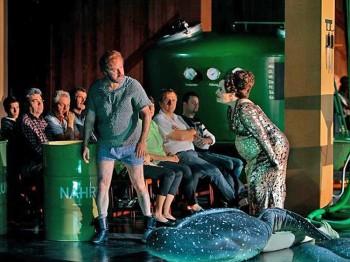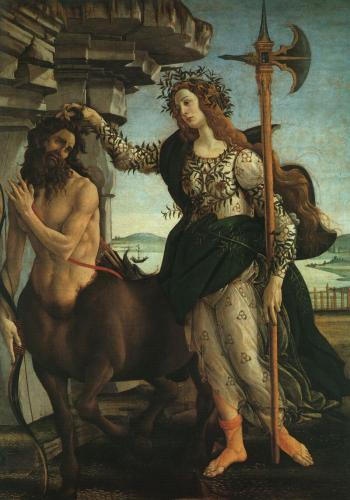Remembering the Night of Historic Change
Pressure on GDR leaders reached its utmost extent in Nov. 1989, yet downfall of the wall itself came as a surprise

Spectators watch as giant, painted styrofoam dominoes stand along the route of the former Berlin Wall near the Brandenburg Gate on November 9, 2009 in Berlin, Germany. Henning Schacht-Pool/Getty Images
|Updated:




